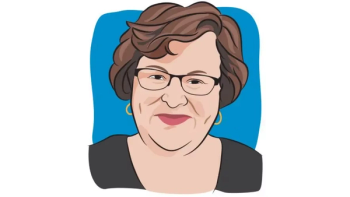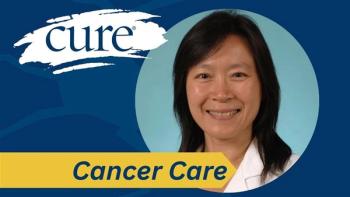
The Leukemia & Lymphoma Society is Helping Patients With Medial Debt

Key Takeaways
- Cancer treatment costs contribute to financial toxicity, affecting patients' financial and health outcomes. Factors include insurance type, cancer severity, and demographics.
- Advancements in blood cancer therapy extend patient survival, increasing the need for ongoing healthcare management and potential medical debt accumulation.
Cancer is one of the most expensive medical conditions to treat in the U.S.
Cancer is one of the most expensive medical conditions to treat in the U.S. As a result, patients, survivors, and caregivers—already challenged by the physical and emotional burdens of cancer—often face growing medical debt. The high cost of care that leads to this medical debt adds further financial stress and burden, or financial toxicity—the last thing a patient, caregiver, or their family needs.
Things that put people at risk of
- Type of health insurance or not having any health insurance (and surmounting costs which factor in premiums, deductibles, out-of-pocket max, co-insurance percentage, etc.)
- Cancer type, its severity, and treatment received
- Age, race and ethnicity, income, and whether the patient or caregiver has a job
Advancements in blood cancer therapy are dramatically impacting the range of treatments available to patients. As a result, people living with or in remission from cancer are living longer and need ongoing healthcare management—all while possibly accumulating medical debt.
And as patients and/or caregivers pay more and more out of their own pockets for care, financial toxicity has become another unbearable side effect of cancer, affecting
42% of patients exhaust their entire life savings within two years of a cancer diagnosis.- One in four cancer patients
delay medical care , go without care, or alter their cancer treatment because of cost, affecting their outcomes.
For patients with medical debt, The Leukemia & Lymphoma Society is here for you with our
More information about the LLS Medical Debt Case Management program can be found by contacting an
Please Note: Our case managers work individually with patients and their caregivers, which means there is a limited number of cases they can take each day. If you do not get into the program today, please continue to check back daily.





